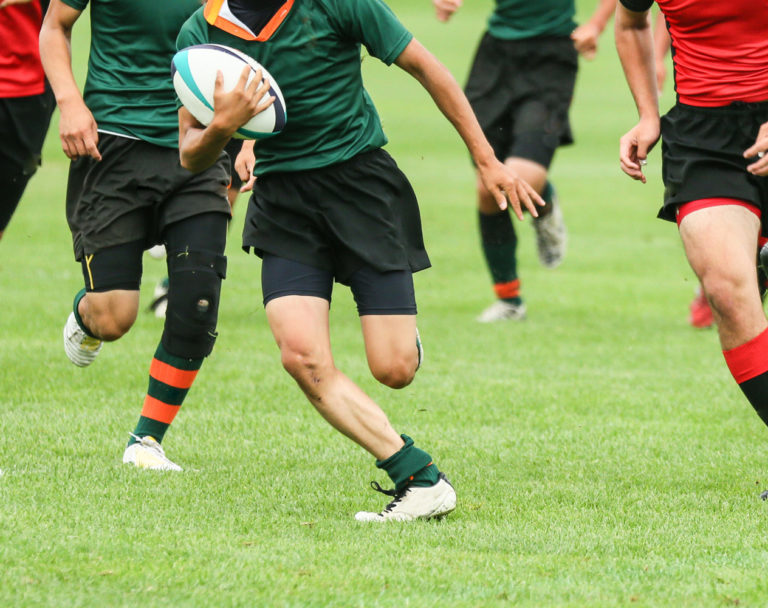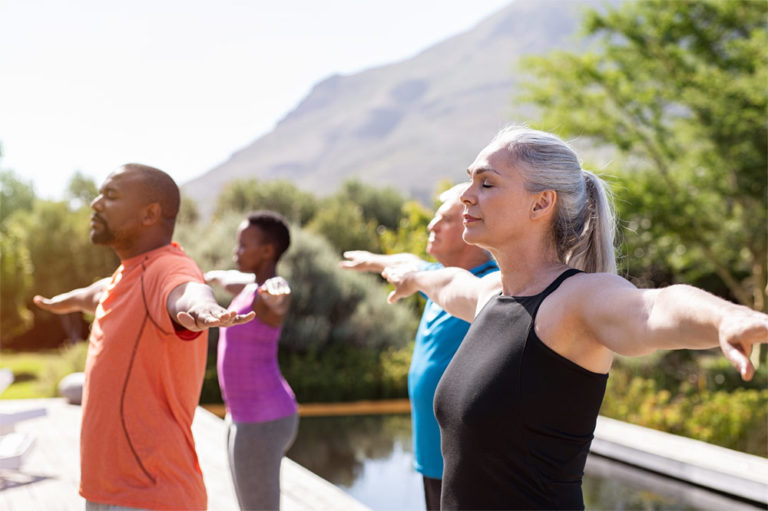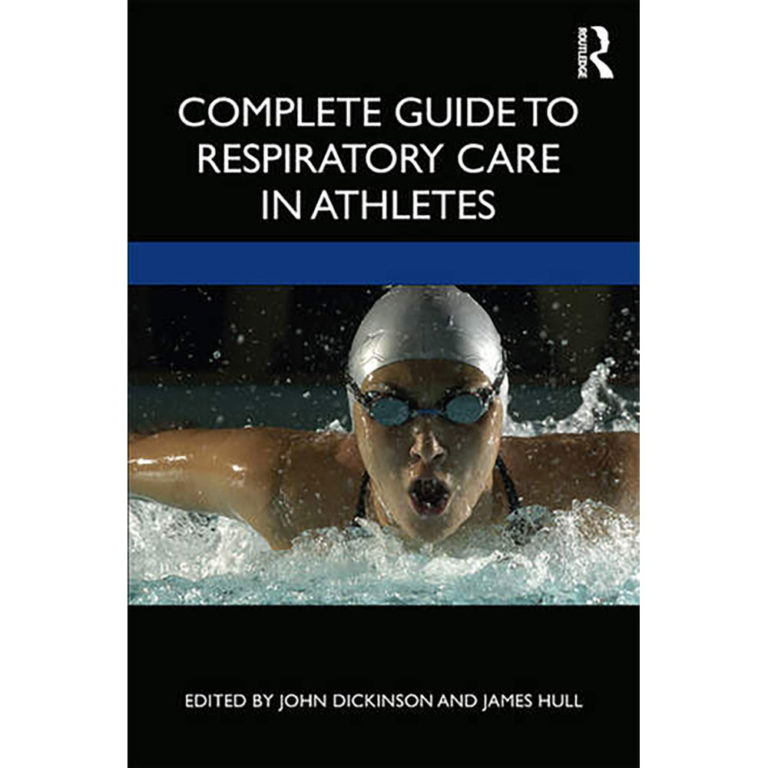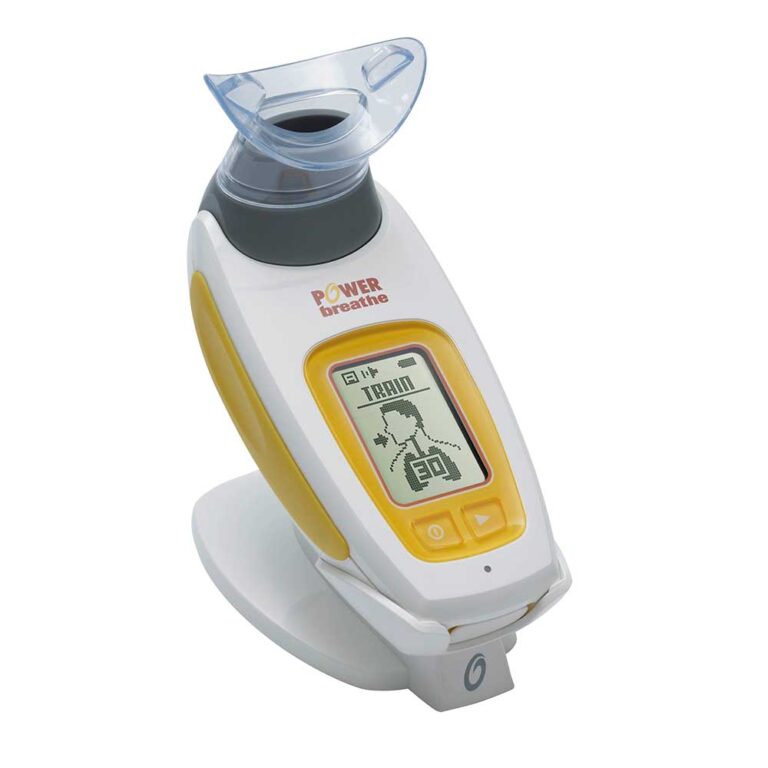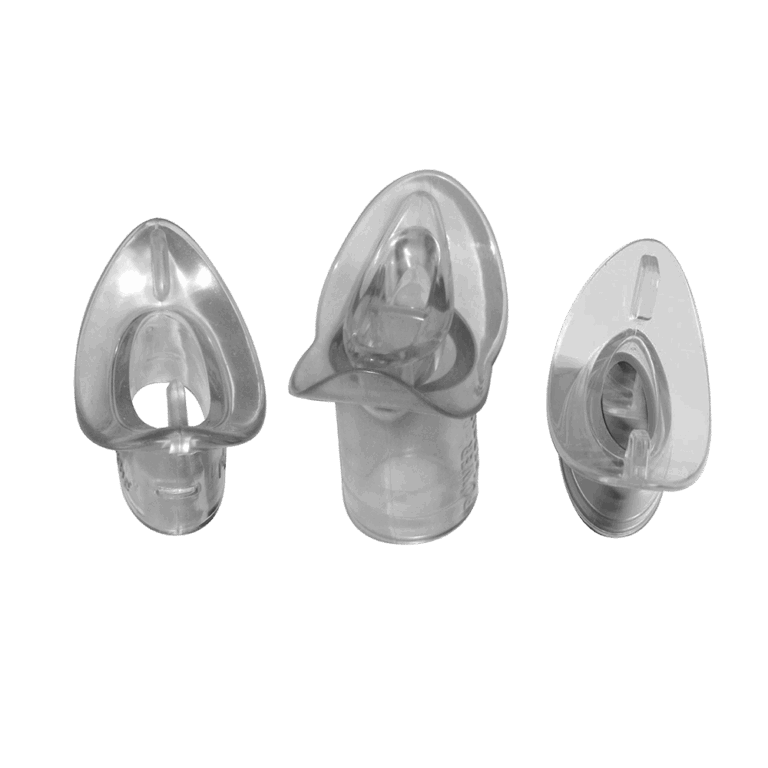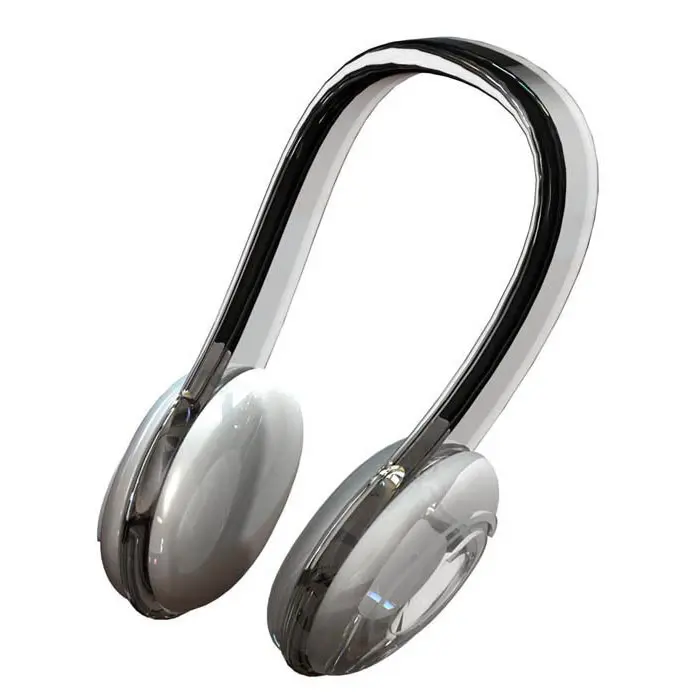
Select an Activity
Boost Your Performance
When your breathing feels easier, your heart rate lowers, exercise becomes more comfortable and you can push yourself harder and improve your endurance.

A Dumbbell For Your Diaphragm
When you experience high intensity training above your lactate threshold, your breathing moves from its comfort zone and increases steeply. From 12 breaths per minute at rest to 60 breaths per minute at maximum. In fact, the role of breathing in the athlete’s performance cannot be underrated.
Eventually your inspiratory muscles weaken and fatigue, and your breathing feels harder still. Breathing rate is one the best indicators of exercise intensity.
During heavy exercise, blood flow (and hence oxygen delivery) to your exercising muscles is restricted because your inspiratory muscles fatigue, impairing performance.
This process is called a metaboreflex and is a ‘survival’ instinct, as your body chooses the need to breathe over the need to ‘perform’. However, with a well trained and strong diaphragm (your main breathing muscle), greater blood flow to your limbs can be maintained.
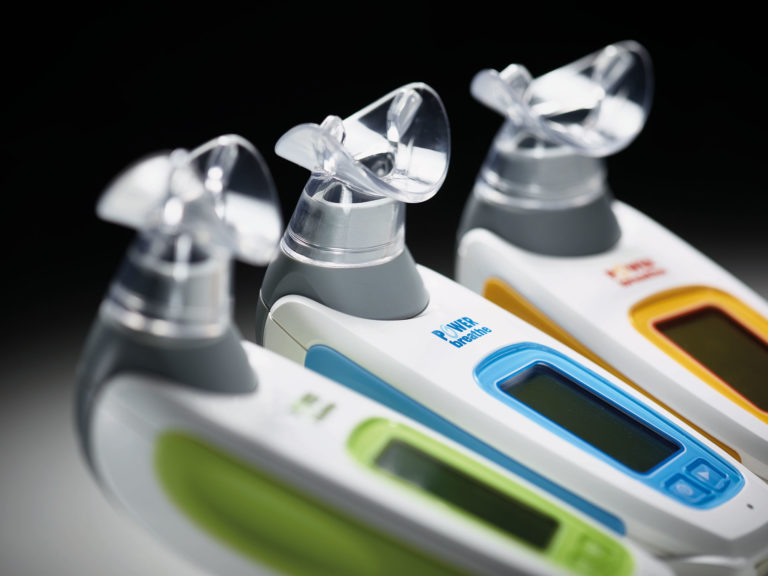
What the Science Says
Independent research found that 5 weeks of POWERbreathe K3 IMT attenuates the respiratory metaboreflex, an effect that persisted after 5 weeks of detraining, which may have other benefits (i.e., reduced competition of blood flow with other muscles during exercise).
POWERbreathe Inspiratory muscle training (IMT) is a dumbbell for your diaphragm. It has been scientifically proven to strengthen your breathing muscles to help them cope with the demands of breathing at a high intensity. It is also proven to reduce whole body effort, making exercise feel easier. As a result, you can increase your training intensity to ultimately improve your performance.

What About Expiratory Muscle Fatigue
Research shows that not only does inspiratory muscle fatigue impair exercise and sports performance, but so too does expiratory muscle fatigue.
During heavy ‘exercise’ your expiratory muscles will play an active role in breathing. During forced expiration, such as in competitive sport, the accessory muscles of your abdomen and the internal intercostals contract, forcing the diaphragm upwards and pushing more air out.
By performing expiratory muscle training with the POWERbreathe EX1 breathing device independently of inspiratory muscle training, you can improve your expiratory muscle strength and stamina and reduce breathing effort during exercise.





